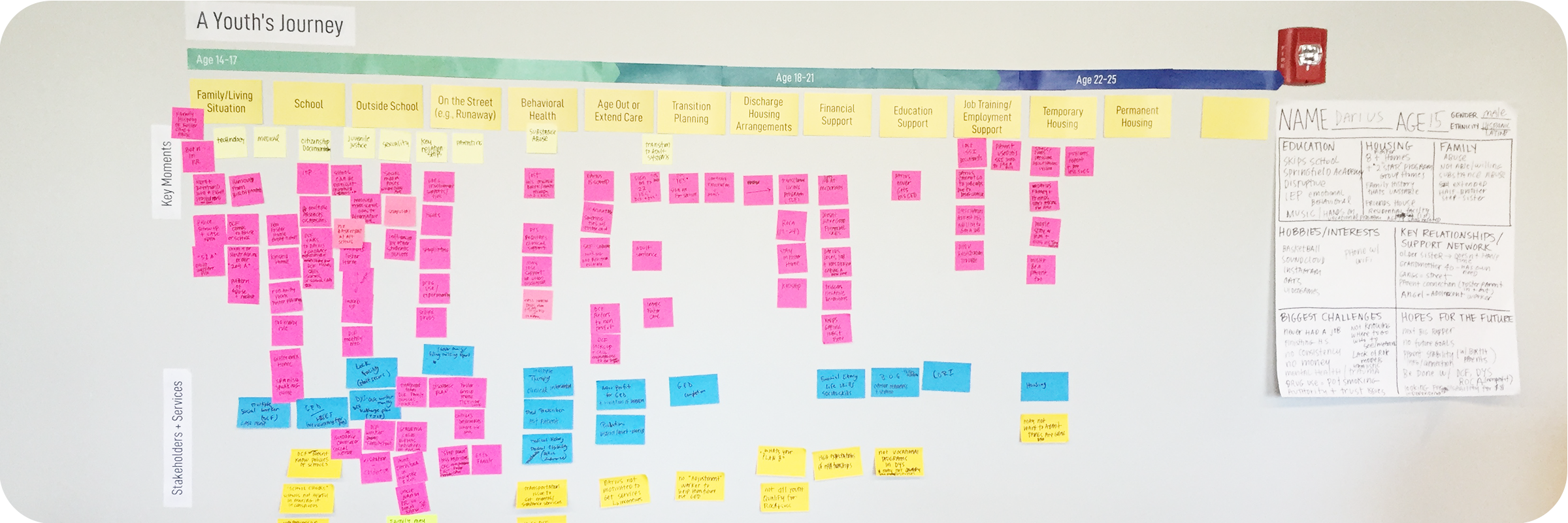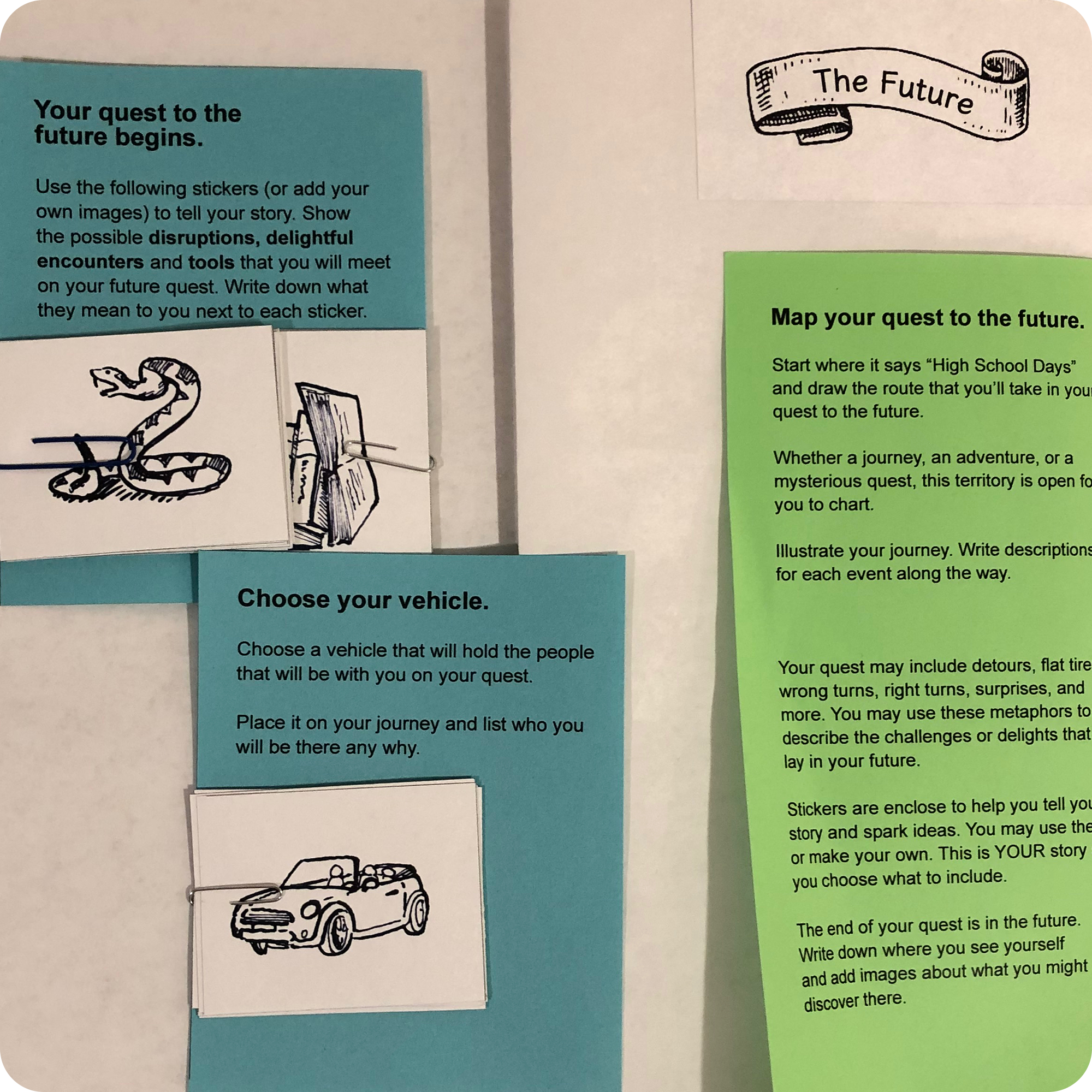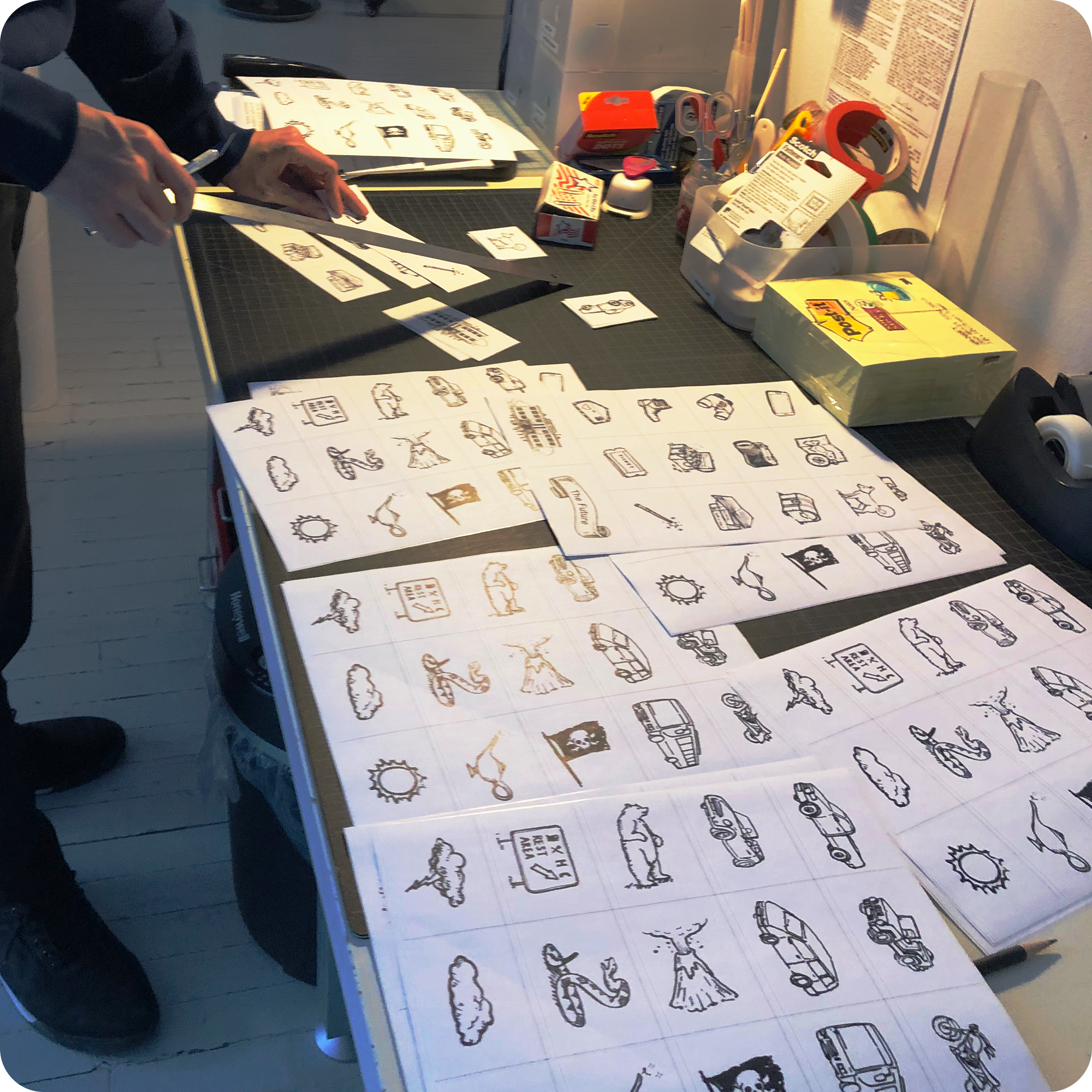- Home
-
Case Studies
2
Foster Care + Youth Homelessness Initiative
Diagram
What will it take to design a system that diminishes the flow of youth from foster care to homelessness?
Summary
I worked alongside a team of social designers and community development leaders to identify interventions that will help young people transition from foster care to resilient, secure adult lives.
My Role
Design research: I worked closely with a team of social design leaders to define project milestones and priorities; and plan and execute design worksessions and activities. I assisted in the production and facilitation of journey mapping workshops, synthesized outputs and contributed to final deliverables for client presentation.
Project management: I acted as primary liaison between stakeholders, managed budgets and scheduling and oversaw student workTeam
Miya Osaki and Tina Park: Co-founders, Diagram
Cheryl Heller: Chair, SVA Design for Social Innovation
Roseanne Haggerty: President and CEO of Community Solutions
School of Visual Arts DSI MFA Students
The Larson Family FoundationDue to NDA and the sensitive nature of this project, I have omitted confidential information. In lieu of naming the specific communities we worked with, I will be referring to them as "Community A" and "Community B."
Phase 1: Exploration, Research + Program Design
Objectives
Identify and review other relevant studies, technologies and existing data.
Define criteria for communities we aim to partner with and initiate conversations with community leaders in selected cities. Select two partner communities.
Conduct stakeholder interviews with national and community experts.Landscape Audit + Desk Research
Our first step was to launch an extensive review of existing studies, programs and youth-focused technology. I organized worksessions to review student work, and conducted my own research into agencies, annual reports and funding opportunities.
Stakeholder Interviews
We interviewed expert stakeholders from organizations across the United States; as well as community leaders in seven partner communities who have successfully eradicated veteran homelessness. Along with scheduling these interviews and coordinating notetakers, I researched the organizations ahead of time, and briefed designers in preparation for the call.
Outcomes
Along with revealing potential indicators that might impact “aging out” of the system, our secondary research uncovered a complex ecosystem of people, programs and organizations that are largely siloed, and often inaccessible to youth.
Expert stakeholder interviews highlighted insights into the youth journey as well as bright spots to leverage and opportunities for partnership.
Having discovered opportunities to reframe the problem from the perspective of the youth and the caregivers, we partnered with two select communities for fieldwork and co-creation. Creative engagement with community leaders, case workers, service providers and of course, the youth, allowed us to work directly with the experts.Phase 2: Design Research, Fieldwork + Co-creation
Objectives
Facilitate journey mapping workshops to identify gaps and opportunities.
Co-creation with youth and community leaders to gain their perspective and learn from their expertise.
Develop insights and plan for prototyping phases.In the second phase, we facilitated workshops and co-design activities in our partner communities as a series of design sprints. After conducting workshops in Community A, we then refined the process and scaled it for Community B. Along with coordinating schedules and workshop logistics, I developed workshop agenda and facilitator guides, and assisted with the design and production of workshop kits. I also digitized workshop output and participated in the synthesis and analysis process to develop insights.

We built the spine of a youth journey based on our initial research, and brought it into the communities to discuss. This is a photo of completed journey map after stakeholder input.
Stakeholder Workshops:
Youth Portraiture + Journey MappingBefore working directly alongside youth with lived experience, we shared insights from our secondary research with community leaders that the youth know and trust. Stakeholder workshops aimed to visualize youth issues and opportunities and uncover inflection points. For many community leaders, this was an opportunity to meet each other for the first time, and they enjoyed collaborating and developing a shared understanding of the youth journey.
Youth Workshops:
Journey Mapping + Cultural ProbesWe refined our journey map to reflect community leader feedback, and we took it to the real experts: the youth themselves. But before reviewing with them, an activity which asks for an intimate group discussion, we had them complete an individual journey mapping probe as the protagonists of their own story.
Much consideration was taken to ensure that activities allowed for meaningful and creative reflection upon life experiences, without triggering negative emotions.Co-creation Workshop
After conducting these separate workshops with youth and the community leaders, we planned a two day Opportunity Workshop, where we could bring everyone together for creative co-design activities and a discussion of the bigger picture.

Cultural probes use narrative, metaphor and story arc to give youth a creative opportunity to express emotions or ideas that may otherwise be difficult to talk about.

Cultural probe production.
Reflections
This project bridged the gap between design research and my time as a teaching artist working in marginalized communities. For the first time, it became clear how this background enables me to bring a unique perspective to the research. My experience guiding participants to tell their own stories has helped me develop foundational skills in facilitation, persona development, embodying empathy and careful listening. Design research feels like a natural transition.
I have always loved the theatre and its potential to ignite change. It is exciting to see how social design can take it one step further- an active and innovative route to transformation.
